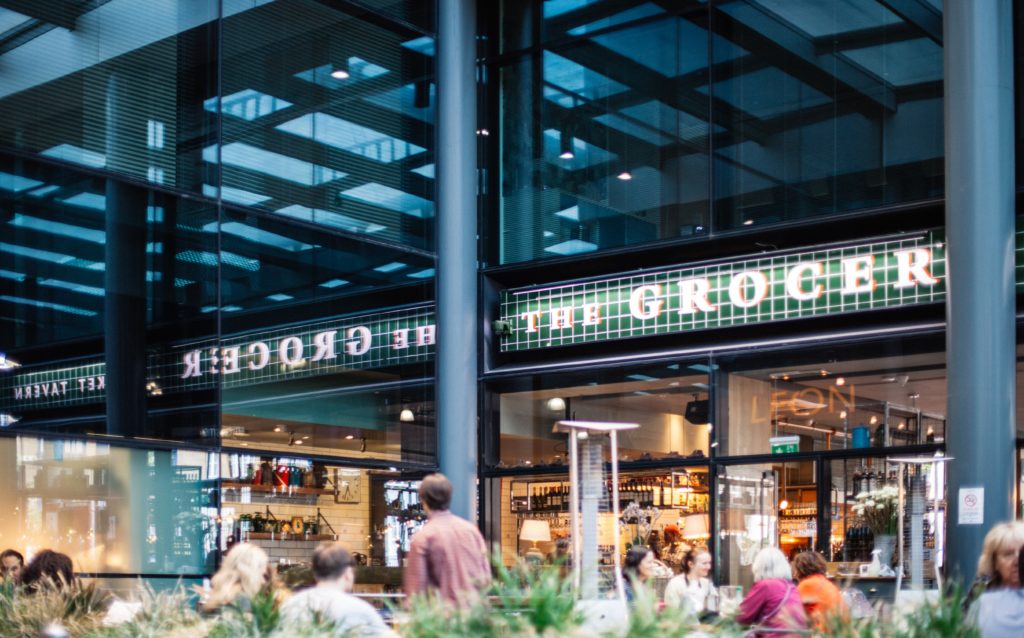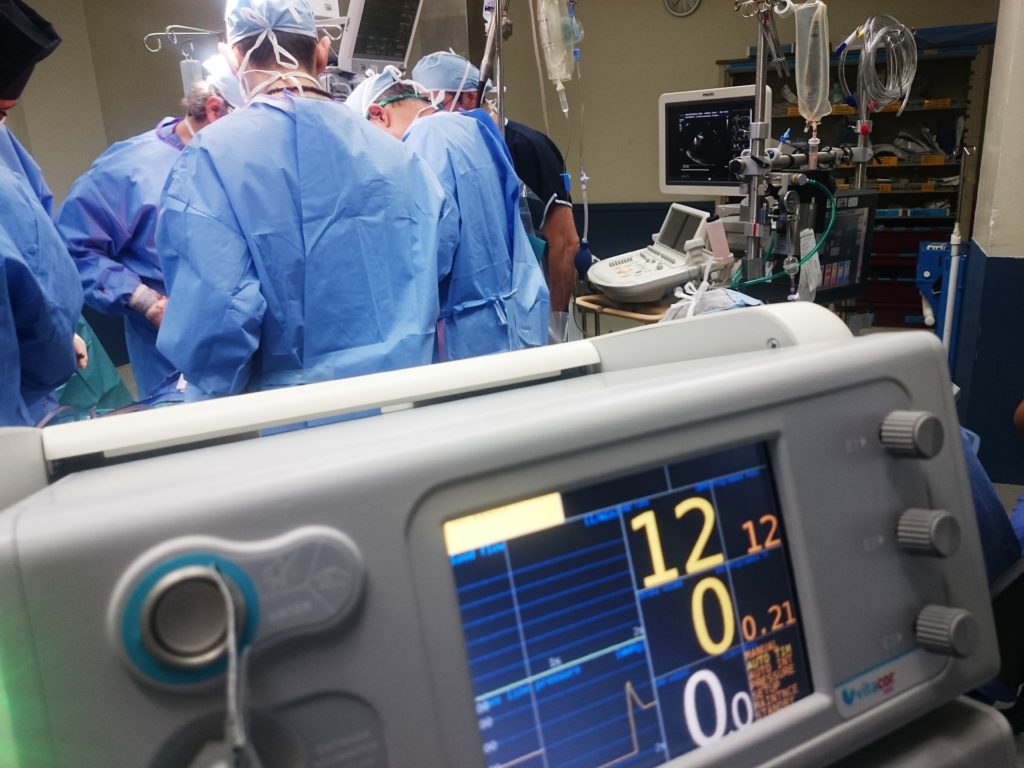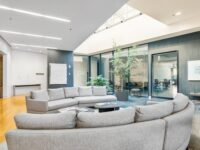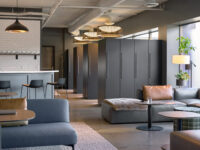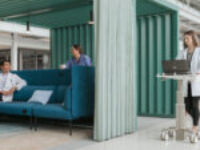Hi everyone!
Chelsea here – I’m excited to dig into this book with all of you, the content to support the past 4 years of research as well as the illustrations make this book very enjoyable and a quick read! If you haven’t already, grab a copy and join me! If you missed the last post, read it here!
Chapter 4 Flexible Interventions – Learning from Urban Realm
Human beings are social creatures and in Chapter 4 we’re going to look at why places like festivals, pop-ups, and markets are successful at building community, even if they are only there for a short time.
Four different types of temporary events that were explored:
Interventions: Short term event to momentarily effect your experience in a space
Festivals: Large events designed to build community.
Pop-Ups: Focused around retail or food, designed to create a unique or exclusive experience.
Markets: Large or small repeating destination spots that draw people and community to a central location.
The three common themes that influenced all four of the above Urban landscapes:
- Social Interaction – whether it be a formal presentation, collaboration with your team, or being a busy break room social interaction allows us to feel apart of something and to share an experience with peers around us. These social interactions, similar to the enjoyment we experience at the festival or weekend market, build relationships and bring people together. The need for them in workplace design today is huge.
- Communication – Non-verbal communication is a key factor to communicate and attract attendees to temporary events. Signage and elements to create an experience are the main focus of these events. When thinking about the workplace, try creating place instead of just space to help not only draw people in and but deliver a rich experience.
- Physical Environment – The word destination is always pleasing to the ear, instantly we think of a place we want to end up and makes us feel good inside. Destinations have boundaries, so people know when they are arriving and leaving that destination. Destinations also have something to offer so when you are thinking about these spaces inside the workplace, give them purpose such as technology, accessibility to food, or special views.
These experiences naturally bring people together because they are focused on providing function and enjoyment. The word collaboration in workplace design is over-used and misunderstood. The intention is always good, but the delivery isn’t always successful. Let’s start to think different about these destinations in the office by create a place where they are drawn in, able to use the space with others in a way that promotes interactions and allow for relationship building to enhance life inside the workplace.
Chapter 5 Extreme Teams – Learning from the frontline
As we move full force into knowledge centered work – the need for teamwork to get the job done is more and more critical. Not only does teamwork help facilitate and expedite the process, it’s also more rewarding to the individual teammates health and well-being. In Chapter 5 you’ll find out how we can break the habits and change the assumptions about how teams function to maximize the potential of teamwork.
Where did they go to learn from ‘Extreme’ teams? Air Traffic Controllers, Accident & Emergency Medics, and Daily Television News Teams. All these teams highly rely on effective communication, information sharing, and constant change throughout their process, which as we have discussed, is what a lot of complex work processes are starting to look like. So, what did we take away from these teams what we could use in the work place? Here are some ideas:
- Quick access to team & common information allows for less misunderstanding and little room for error
- Adjacencies to the right tools and flexibility of those tools to change when processes change will yield in a successful design inside the workstation.
- One benefit of an open workplace, for teams who collectively accomplish a single task, is the ability to share/balance workload and avoid duplication of effort.
- Effective and in some cases, robust, technology is necessary for some complex processes to work efficiently. As we know, technology has a huge influence on our industry so working closely with the company’s IT team to understand their project drivers and goals will help you more successfully design around a team’s process.
- These teams, under a lot of pressure for an extended period, utilize rest/regroup spaces adjacent to their spaces. Unlike some jobs, they do not have the ability to get up and move as much throughout the day, therefore, these spaces are crucial for their overall health and wellness.
The word ‘team’, like ‘collaboration’ has been overused and commonly used in the wrong circumstances. As they mention in Chapter 5, labeling a group of people a team because it sounds motivating and productive will not lead to results. I found Hackman’s five team prerequisites very fascinating:
- Team members are truly interdependent in the work that they do
- There are clear membership boundaries; everyone knows who a part of the team is, and therefore, share collective responsibility
- Teams have specific authority to manage their work and relationships
- Team membership is relatively stable.
These five fundamentals don’t directly tell us how space can be created but does help us understand the importance behind learning how a group of people function independently and together. Once we better understand those two things we have what we need to design around people and process.
